Subway-related incidents occur more often in Tashkent. Can the issue be resolved?
On June 20, another incident took place on the subway, the videos of which went viral on the internet. This is the 10th emergency case (known to the media) in the Tashkent metro since the beginning of the year. Most of the cases were observed in March-May.
Chronology of events
On March 18, a four-car train stopped in the tunnel between “Olmazor” and “Choshtepa”, as a result of which another train traveling in the same direction hit the carriages. Although the official statement said the wagons were not badly damaged, photos spread on the internet show that the front of the train, which was hit from behind, was well damaged.
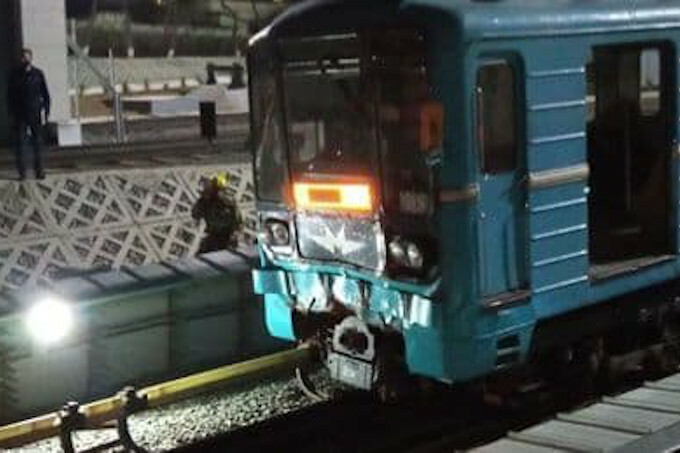
On April 7, two more trains reportedly collided in the Tashkent metro. Metro administration denied there was a collision. The official statement said that the train was stopped at “Gafur Gulom” station for technical reasons, the passengers were unloaded from the carriages and transferred to the next train.
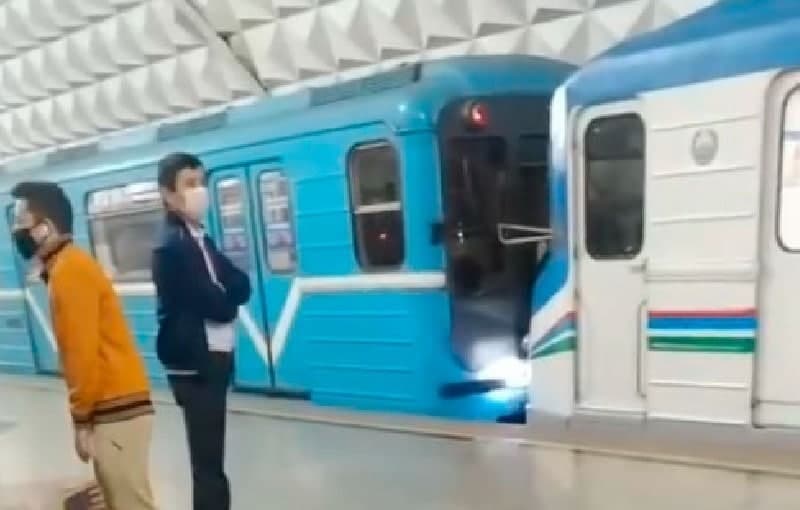
On April 8, a subway train traveling from “Kipchak” station to “Olmazor” station stopped on the overpass. Passengers waited 15 minutes for traffic to resume, but when there was no change. People got off the carriages and walked to the next stop. Traffic between stations was suspended for 6 hours.
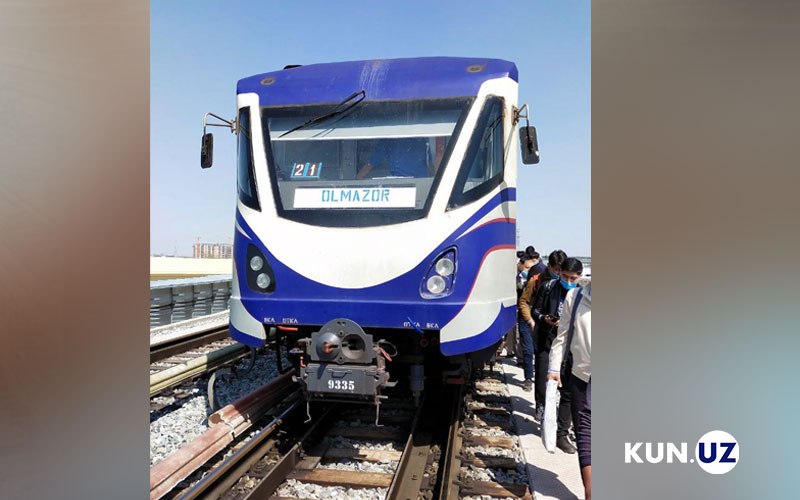
On April 9, a video was circulated in which train car doors were moving open between the “Pushkin” and “Buyuk Ipak Yuli” stations. Metro administration apologized for the incident.
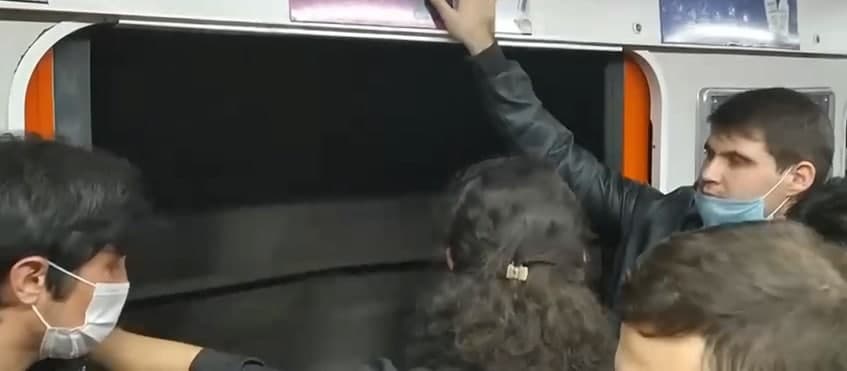
On April 12, another video was released. It showed that the clock at the “3-Bekat” station in the Sergeli line contained inappropriate words. Uzbekistan Railways said the obscene words were the work of hackers.
On April 28, videos and photos were posted on social media showing a train car traveling along the Chilanzar line stopped in a tunnel and passengers were walking to the “Novza” station. Due to the failure of the subway, there was a high level of congestion on public transport in the city.
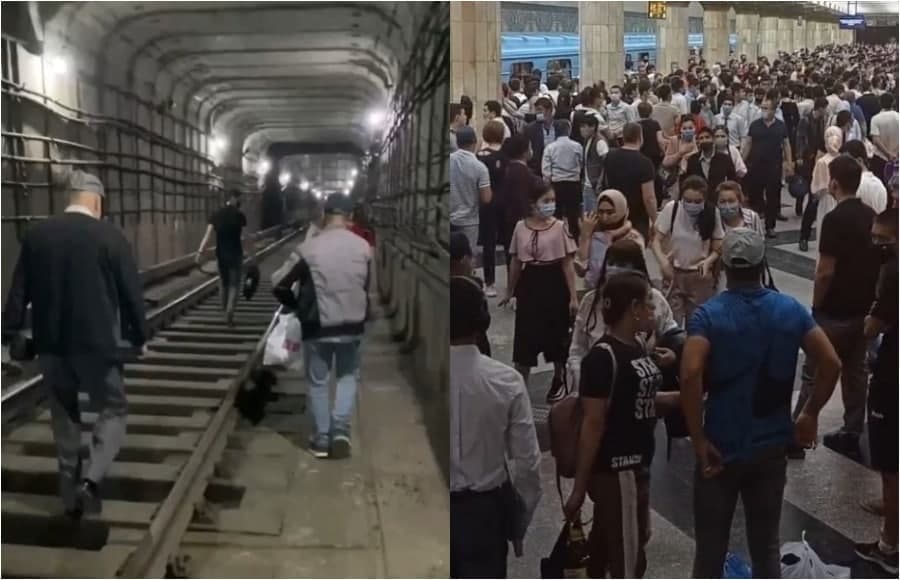
On May 7, from 21:10 to 22:00, electricity was cut off at the 7th station of the Tashkent metro ring road.
On May 13, all passengers were dropped off at “Amir Temur Khiyoboni” station. The management explained the situation by the fact that maintenance work was carried out in the Chilanzar line.
On the morning of May 24, the train stopped at “Khamid Olimjon” station. An official statement said the driver stopped the train because he detected a malfunction on the train.
On June 11, a video of passengers disembarking from a train at the “Kosmonavtlar” station went viral on the Internet. Authorities explained that a suspicious item was left in the subway car.
On June 20, at 22:10, there was another accident on the train moving from “Olmazor” station to “Bekat-1”. The video, which was circulated in the Telegram, showed that passengers were screaming in panic and rushing out of the train when it stopped, they were trying to break the window of one of the wagons as its door had not been opened. The metropolitan administration did not specify exactly what caused the accident and why the car doors did not open. The official report said that the passengers were unloaded at the “Olmazor” station to ensure safety and the train was sent to the depot to determine the fault.
Every time “Toshkent metropoliteni” JSC or Uzbekistan Railways JSC simply apologizes to passengers for the inconvenience. There have even been cases where no apology has been made, but instead an official response has been made to put all the blame on passengers, accusing the media and internet users of spreading false information.
Typically, subway emergencies are explained by a “technical failure”. It is said that a service investigation has been appointed into the incident and a working group has been set up to clarify the situation. However, there is often no official information on what caused the “technical failure” and what has been done to prevent a recurrence in the future.
Also, the results of assigned service inspections for faults are often not made public. Only on April 9, a train driver, an electrician and a senior foreman were fired for operating the wagon with an open door between “Pushkin” and “Buyuk Ipak Yuli” stations. Reportedly, the deputy head of the electrode depot was fined 40% of his salary.
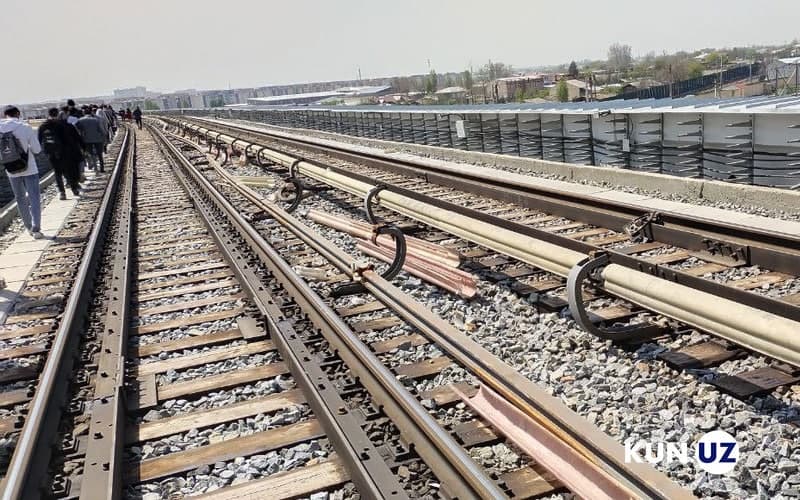
The official response of the Antimonopoly Committee also noted that the events in the Tashkent metro “indicate that the service provider is not fulfilling its obligations”. The committee reminded that according to Article 8 of the Law “On Urban Passenger Transport”, the Tashkent metro is responsible for the smooth operation of urban passenger transport, improving the quality of passenger service, safety of life and health of passengers, traffic safety.
On June 12, Uzbekistan Railways JSC announced the change of the head of the Tashkent metro. The public took this as a decision in the wake of a series of subway accidents.
Is the new leader Rakhmonbek Usmanov able to solve the problems in the industry? It’s hard to say anything about it yet. Time will show.
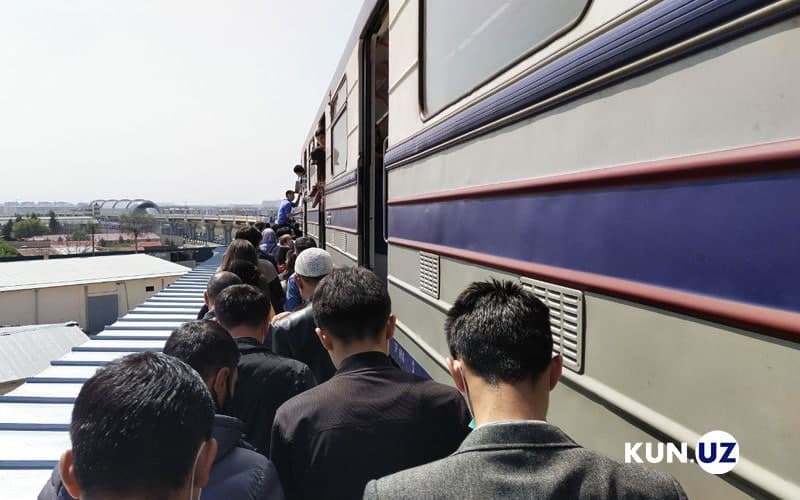
In the first three months of 2021, passenger revenues amounted to 31.5 billion soums. The subway carries up to 330,000 passengers a day on Mondays and Fridays. The number of passengers on weekends is relatively low: 140-150 thousand. Revenues from passengers will amount to 10.5 billion soums a month, of which 8.5 billion soums will be paid monthly to 4,200 employees of the system. More than 3 billion soums will be spent on electricity.
“It’s no secret that the subway doesn’t cover itself. Therefore, at the end of each year, we estimate the amount to be spent for the next year and inform the Ministry of Finance. In particular, the state has allocated 45 billion soums for 2021. Admittedly, the money we earn is not enough to cover our expenses. To prevent this, we have also proposed to increase fares. However, the head of state instructed to prevent this and provide the necessary funds as a state subsidy,” Oybek Khudoykulov, former head of the UE “Toshkent metropoliteni”.
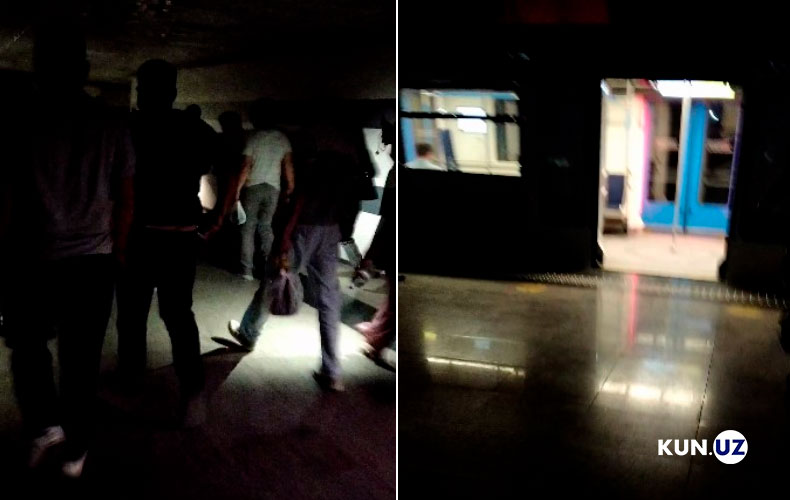
Of course, man-made accidents are an integral part of the transport sector. The same is true of metropolitan activities in other countries. Therefore, it can be properly understood and accepted. But as incidents occur more frequently, this should be taken as a serious signal.
Related News

13:10 / 06.12.2025
Tashkent metro to close ticket offices at 16 stations and switch to QR-based kiosks
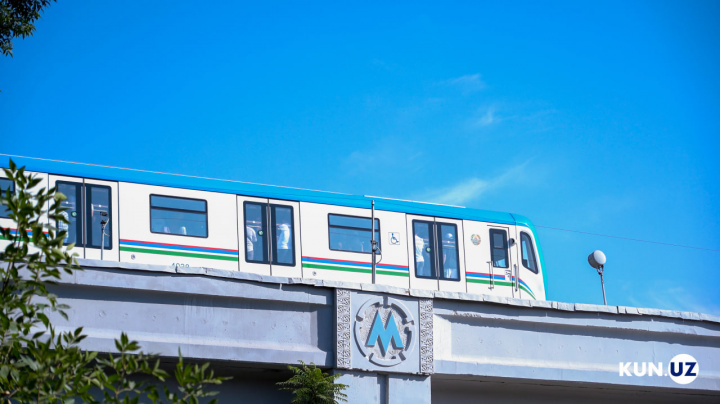
18:15 / 05.12.2025
Tashkent to expand metro network to 103 km as part of 2030 mobility plan
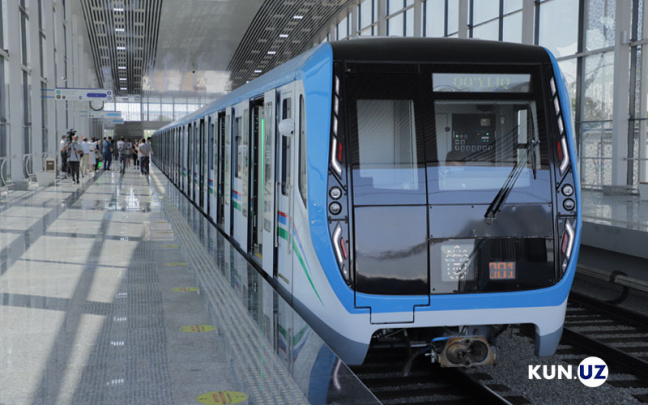
18:00 / 12.11.2025
Tashkent metro to expand fleet with 56 new train cars in 2026
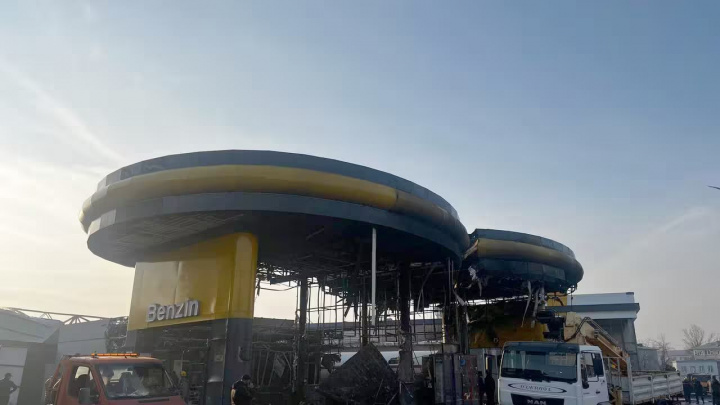
16:33 / 03.11.2025



